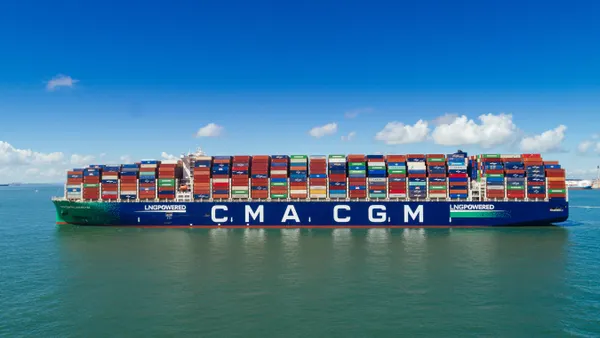- Economic picture: A combination of pricing and volume helped Clean Harbors grow revenues by $159 million in Q4, said Alan McKim, Clean Harbors’ chairman and CEO. Its environmental services segment drove notable success by increasing revenues 15% year over year.
- Leadership changes: Eric Dugas has been appointed executive vice president and CFO, effective March 31. Dugas was previously senior vice president of finance and chief accounting officer. He will succeed Michael Battles, who will become co-CEO with COO Eric Gerstenberg. Clean Harbors announced the co-CEO arrangement in November as the first major leadership change since the company was founded in 1980.
- Landfill: In Q4, landfill tonnage was up 28% year over year, which Clean Harbors attributed in part to an uptick in project-based volumes from remediation and waste projects. Average price per ton was up 3% in the quarter.
- Incinerator utilization: Meanwhile, incinerator utilization was 84% compared with 92% a year ago. McKim said utilization was lower than previous quarters because of unplanned outages due to severe winter weather in December. However, overall incineration demand was strong, driving a 21% increase in average incineration pricing from that period a year ago, he said.
- Kimball incinerator update: Work continues to ramp up on a new 70,000-ton-per-year hazardous waste incinerator in Kimball, Nebraska, which Gerstenberg says is “on plan and on budget” to open in early 2025. Clean Harbors spent about $45 million on the project in 2022 and expects to double the investment to $90 million in 2023, Battles added. The company plans to keep the project on track by using some of the same contractors from a similar facility it recently opened in El Dorado, Arkansas, he said.
- PFAS destruction plans: Clean Harbors sees opportunities in the near future to manage more PFAS-containing materials, though executives cautioned they are still awaiting clarity from regulators. The company released a study late last year in which it says it can destroy more than 99% of PFAS at its incinerator facilities. McKim added he believes the incinerators are the “only commercially scalable destruction solution already available in the market.” It’s too early to tell how PFAS destruction business would affect incinerator tonnage or when the company might expand PFAS-related services, executives said.
- Train derailment cleanup plans: Clean Harbors is working with authorities to clean up contaminated soil and other hazardous material from the train derailment in East Palestine, Ohio. Battles said the company has not yet started taking any of the material, but it has consulted with regulatory authorities and Norfolk Southern on their options for managing the material. “Before we manage or take the material, we have to be very transparent with the government agencies and the [local] governments where we have our disposal facilities,” he said.
- Future business opportunities: McKim touted the company’s “broad range of service” and sees opportunity to expand its offerings to new sectors in 2023 and beyond as more companies follow the “reshoring” trend, particularly the electric vehicle battery, pharmaceutical and semiconductor sectors. Clean Harbors could also seek business opportunities fueled by funding from the infrastructure bill or the CHIPS Act, he said.

Clean Harbors identifies incinerator, PFAS and new service sector opportunities for 2023
Clean Harbors anticipates new business opportunities in 2023 and beyond, possibly with companies following the reshoring trend.

Recommended Reading
- Q4 earnings results for major waste and recycling companies By • Updated March 9, 2023
- Waste companies in the spotlight as hazardous cleanup from Ohio train derailment continues By Megan Quinn • Feb. 28, 2023









